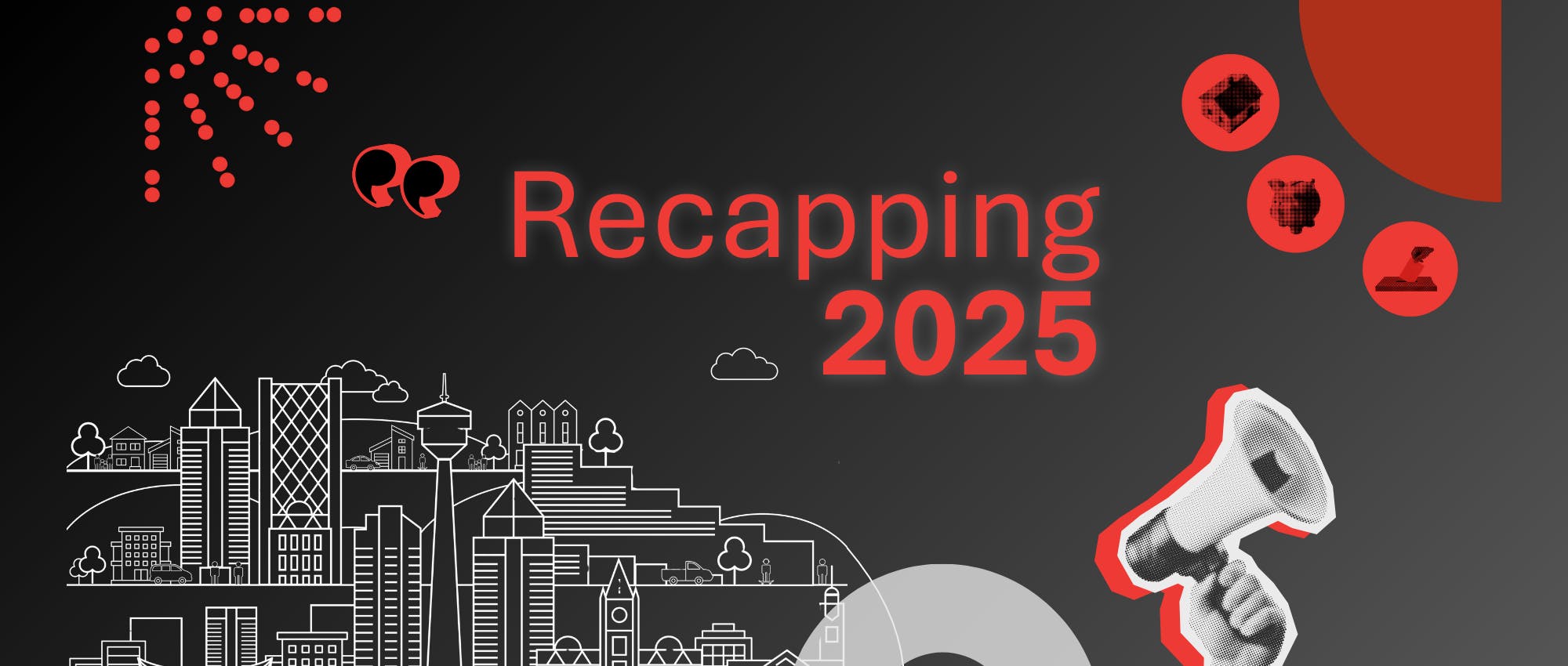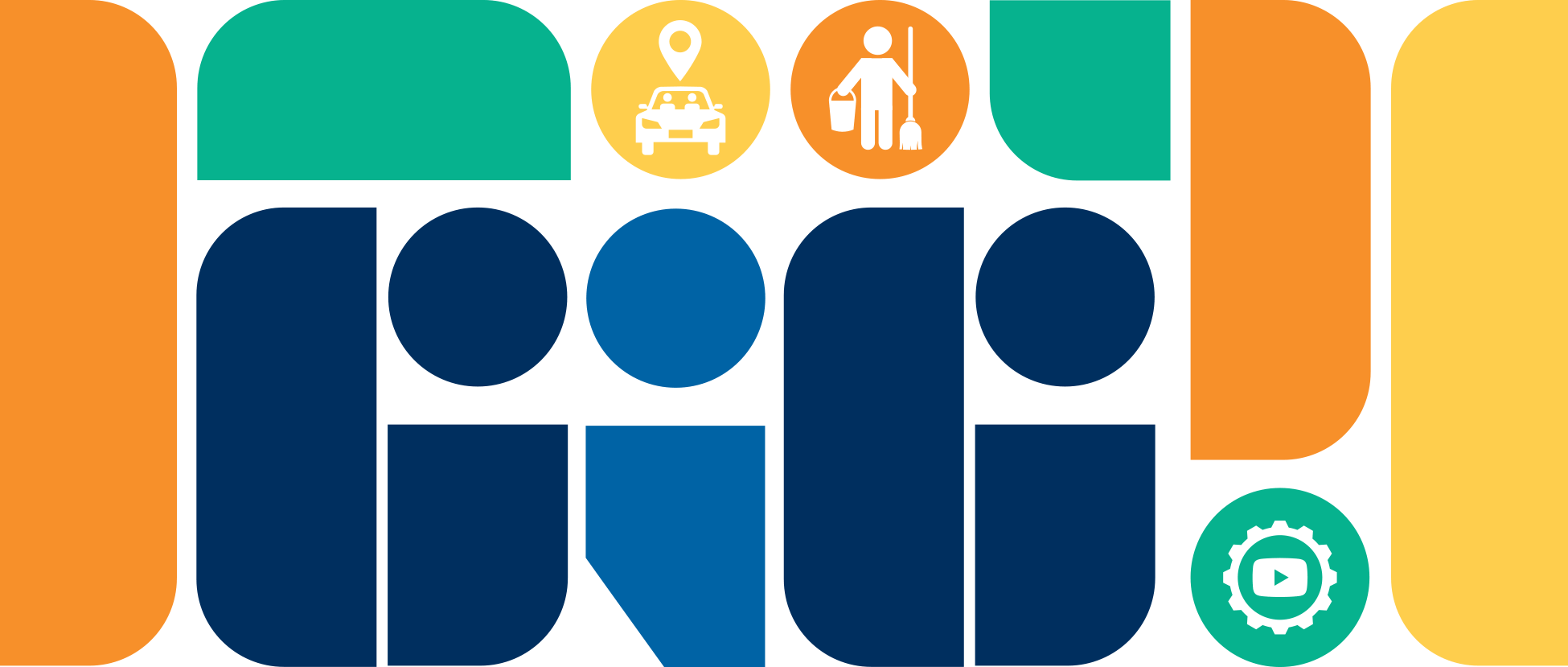Article
Everything you need to know about the Canada Disability Benefit
The federal government has recently posted the regulations on the Canada Disability Benefit (CDB), which takes effect in July 2025
28 August 2024


Note: All calculations are based on an unattached single individual. ---> Source: Financial Benefits Summary, Assured Income for the Severely Handicapped (AISH), and for clients assessed as Barriers to Full Employment (BFE). Overview of the Canada Disability Benefit https://www.canada.ca/en/employment-social-development/programs/disabilities-benefits.html. Statistics Canada. Table 11-10-0066-01 Market Basket Measure (MBM) thresholdzs for the reference family by Market Basket Measure region, component and base year.

We urge the Alberta Government to fully exempt the Canada Disability Benefit.
Resources
- VCC's Letter to the Alberta Government
- The Disability Action Hall's Statement in response Canada Disability Benefit investment April 2024
- Canada Disability Benefit regulations guide to help you improve the Canada Disability Benefit
- Disability Without Poverty- Better the Benefit Campaign
- Inclusion Alberta’s advocacy Toolkit & Materials
Related Articles
Recapping 2025: A Milestone Year for VCC
Celebrating 20 years of systems change and progress toward poverty reduction

Alberta gig workers push for recognition as unstable incomes, burnout take toll
New research from the Calgary Social Policy Collaborative reveals insights into trends, challenges and solutions for Alberta's gig workers

New research sheds light on Alberta’s gig economy
Calgary Social Policy Collaborative’s new report exposes the pressures facing Alberta’s gig workers and the policy tools that could better support them

